Alfred S. Posamentier - The Secrets of Triangles: A Mathematical Journey
Here you can read online Alfred S. Posamentier - The Secrets of Triangles: A Mathematical Journey full text of the book (entire story) in english for free. Download pdf and epub, get meaning, cover and reviews about this ebook. year: 2012, publisher: Prometheus Books, genre: Science. Description of the work, (preface) as well as reviews are available. Best literature library LitArk.com created for fans of good reading and offers a wide selection of genres:
Romance novel
Science fiction
Adventure
Detective
Science
History
Home and family
Prose
Art
Politics
Computer
Non-fiction
Religion
Business
Children
Humor
Choose a favorite category and find really read worthwhile books. Enjoy immersion in the world of imagination, feel the emotions of the characters or learn something new for yourself, make an fascinating discovery.
- Book:The Secrets of Triangles: A Mathematical Journey
- Author:
- Publisher:Prometheus Books
- Genre:
- Year:2012
- Rating:5 / 5
- Favourites:Add to favourites
- Your mark:
The Secrets of Triangles: A Mathematical Journey: summary, description and annotation
We offer to read an annotation, description, summary or preface (depends on what the author of the book "The Secrets of Triangles: A Mathematical Journey" wrote himself). If you haven't found the necessary information about the book — write in the comments, we will try to find it.
The authors, two veteran math educators, explore the multitude of surprising relationships connected with triangles and show some clever approaches to constructing triangles using a straightedge and a compass. Readers will learn how they can improve their problem-solving skills by performing these triangle constructions. The lines, points, and circles related to triangles harbor countless surprising relationships that are presented here in a very engaging fashion.
Requiring no more than a knowledge of high school mathematics and written in clear and accessible language, this book will give all readers a new insight into some of the most enjoyable and fascinating aspects of geometry.
Alfred S. Posamentier: author's other books
Who wrote The Secrets of Triangles: A Mathematical Journey? Find out the surname, the name of the author of the book and a list of all author's works by series.

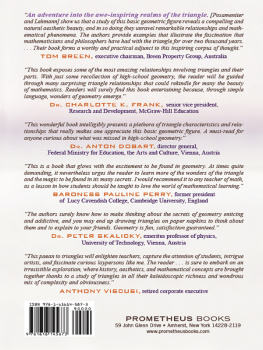
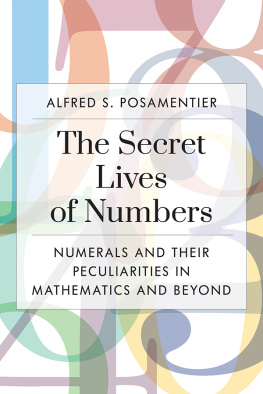

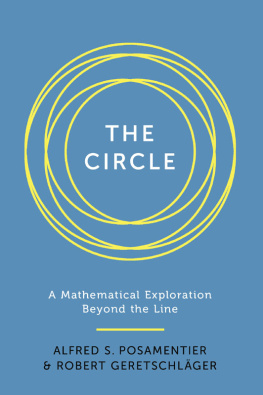
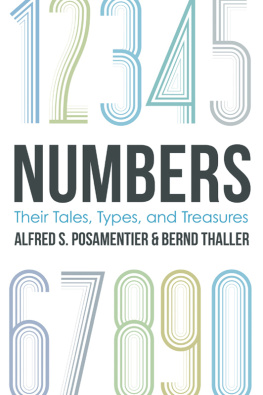
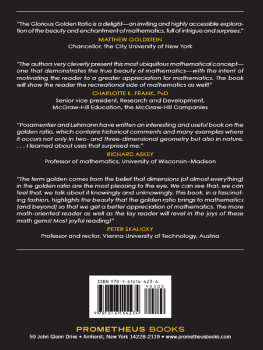



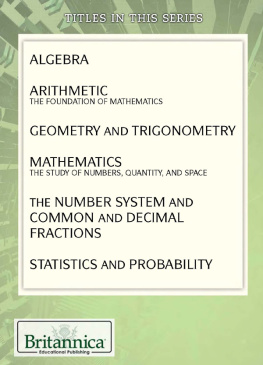
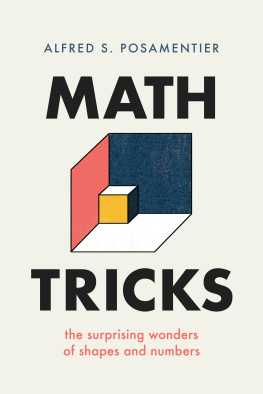
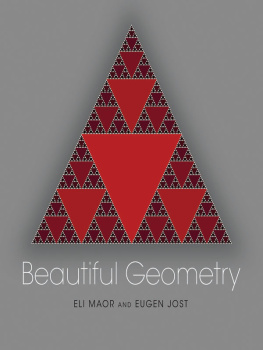

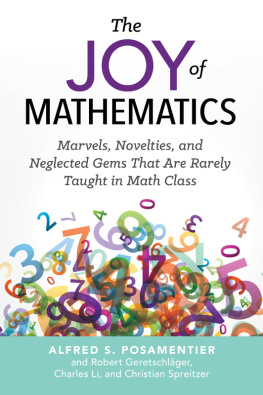
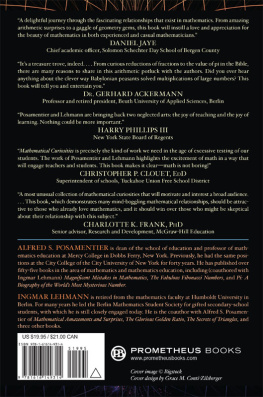
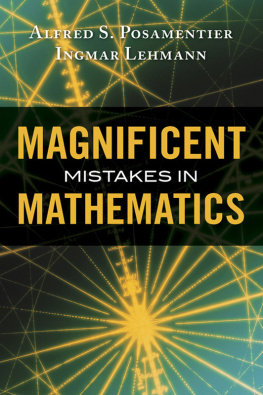
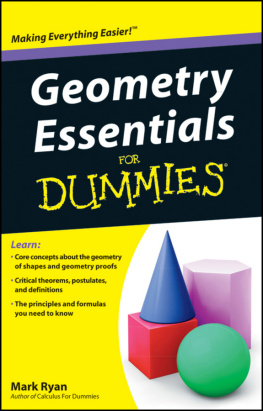




 . Therefore, APB = ABP, and triangle ABP is isosceles; thus AB = AP. From the parallel lines we have
. Therefore, APB = ABP, and triangle ABP is isosceles; thus AB = AP. From the parallel lines we have  . Replacing AB for AP, we get the sought after result:
. Replacing AB for AP, we get the sought after result:  .
.
 .
.
 .
. , and
, and  .
.









